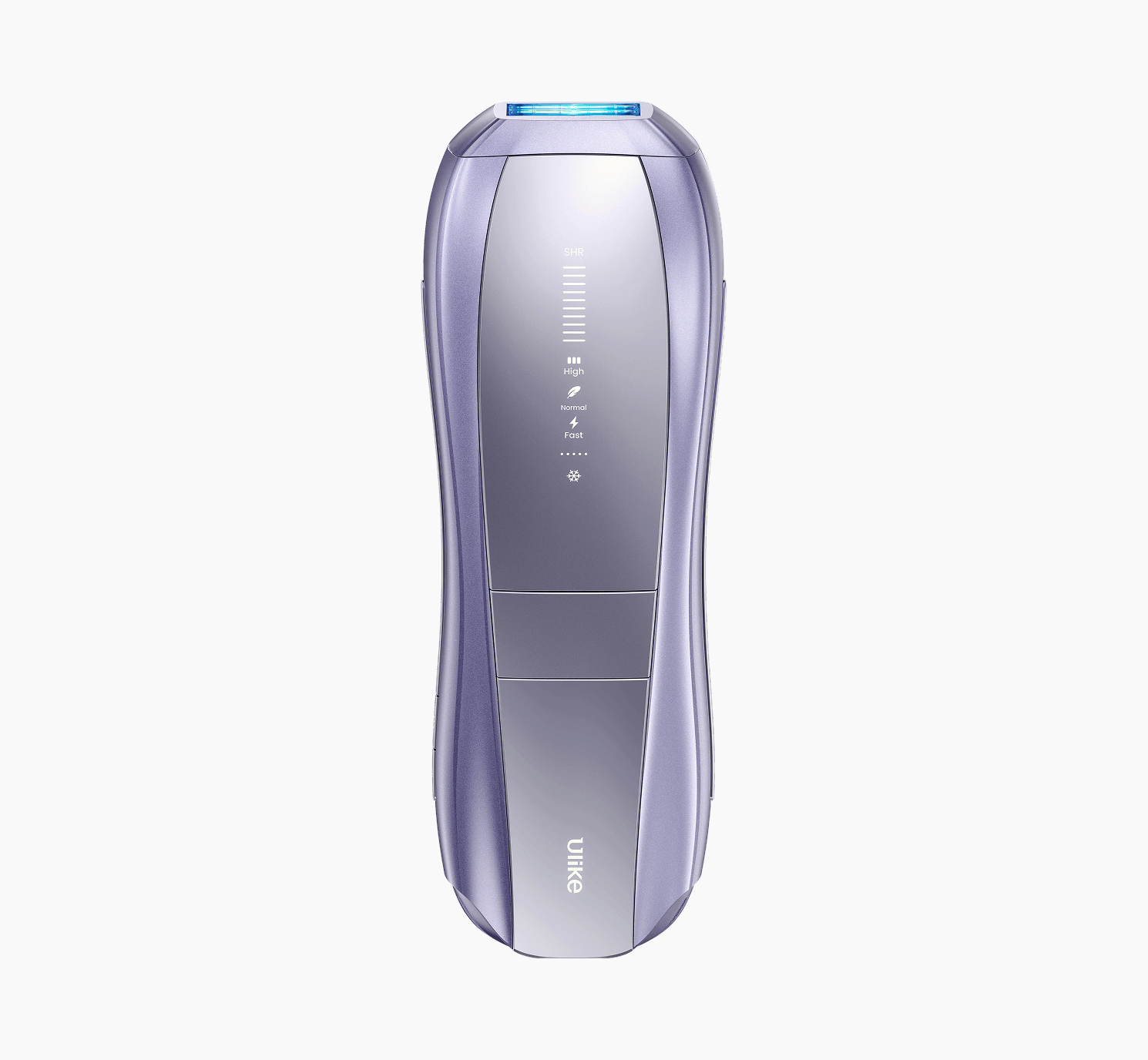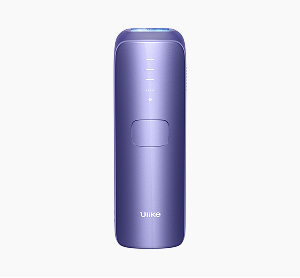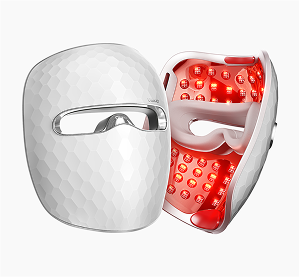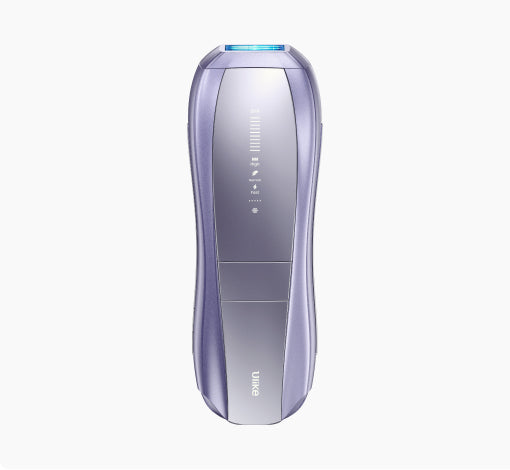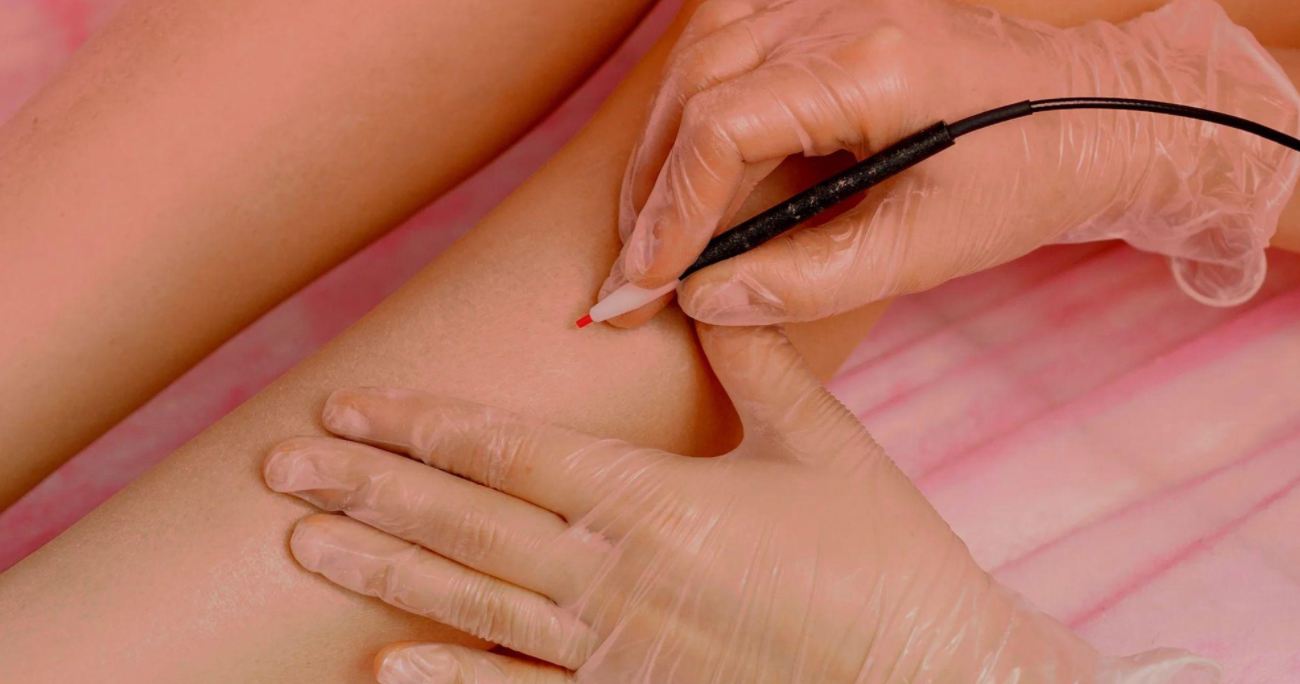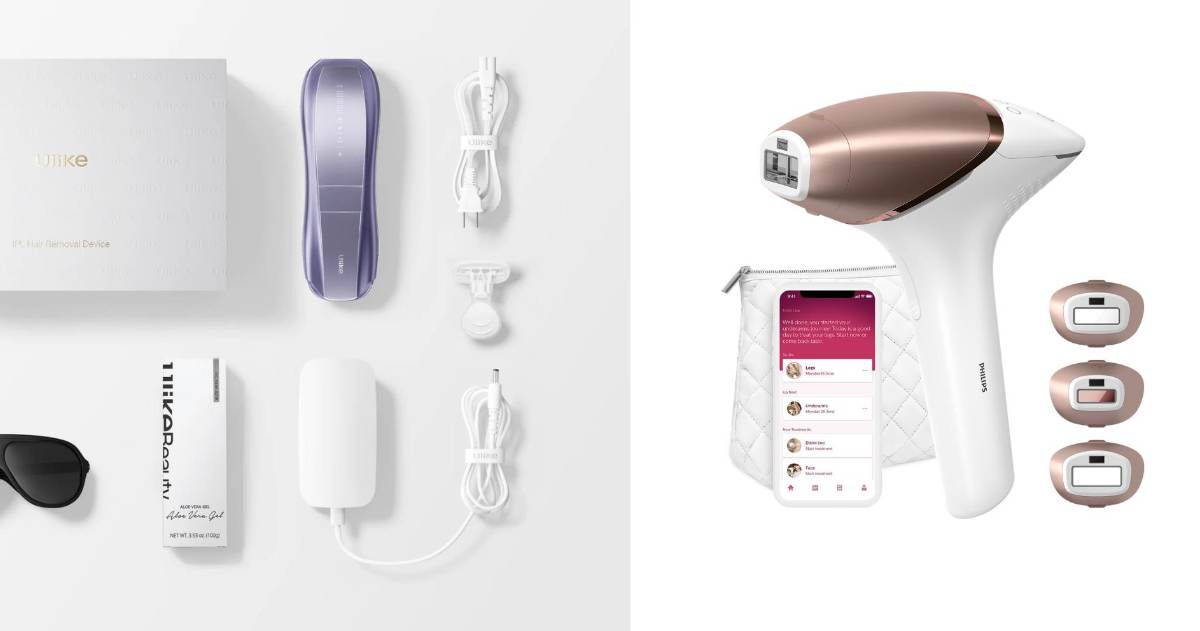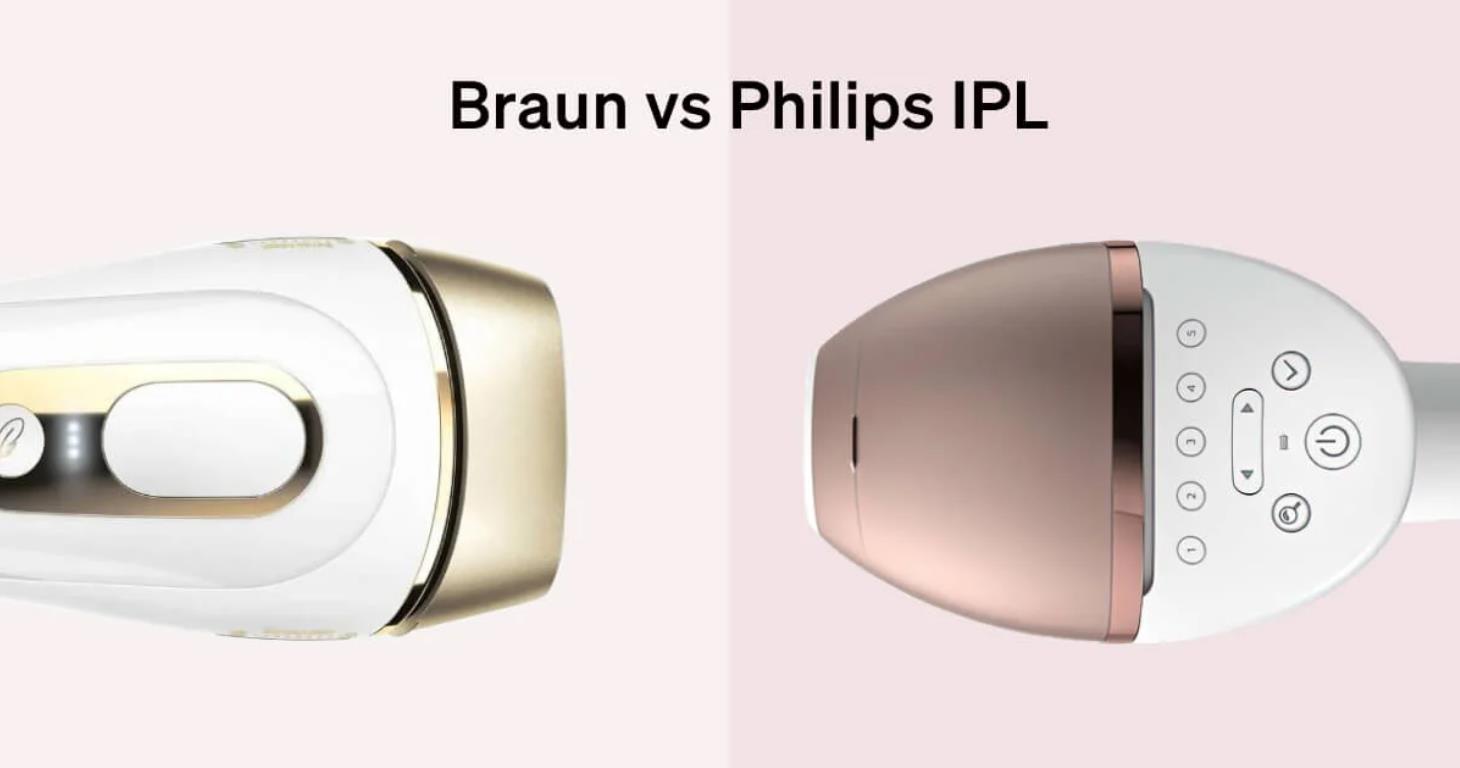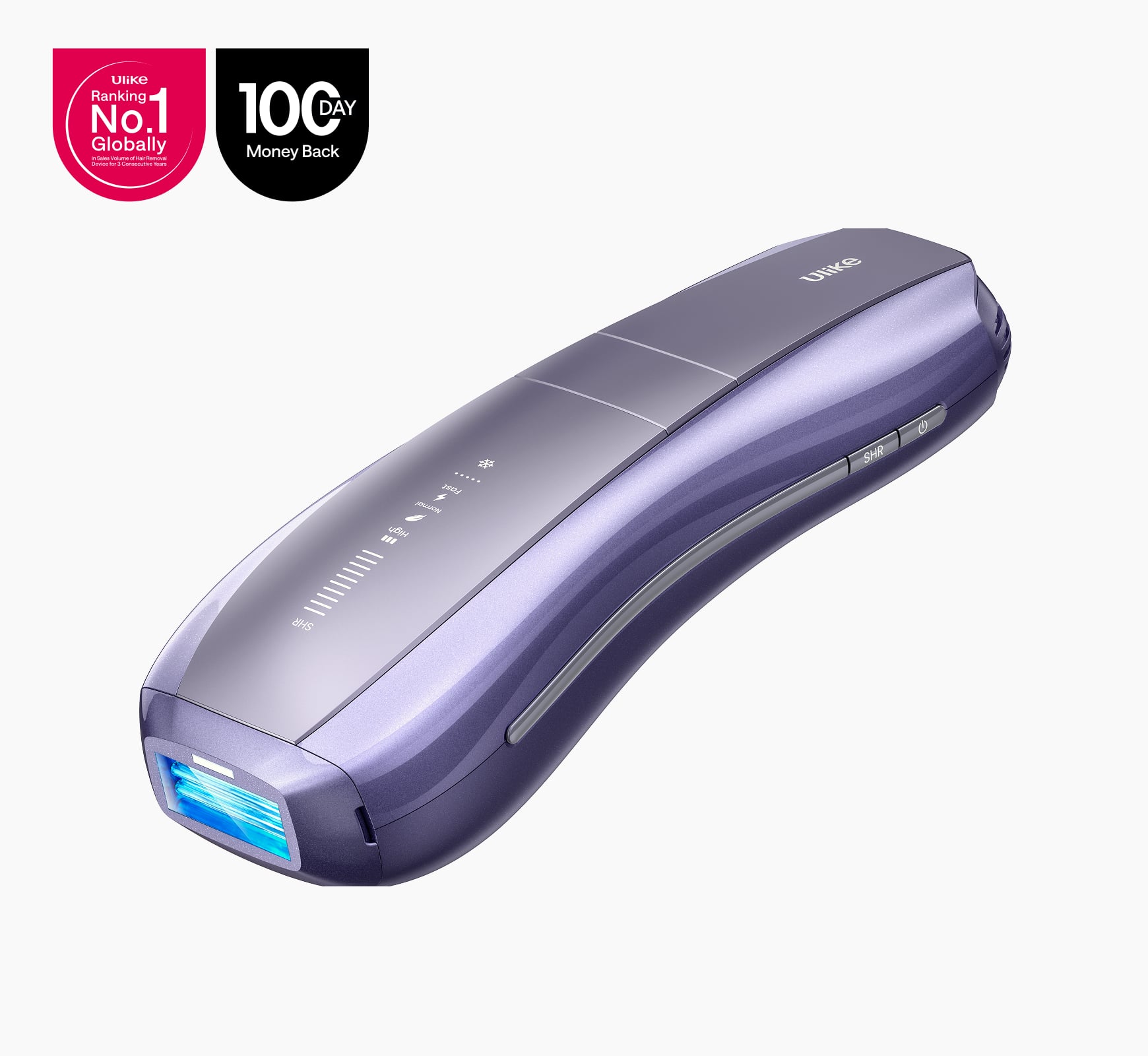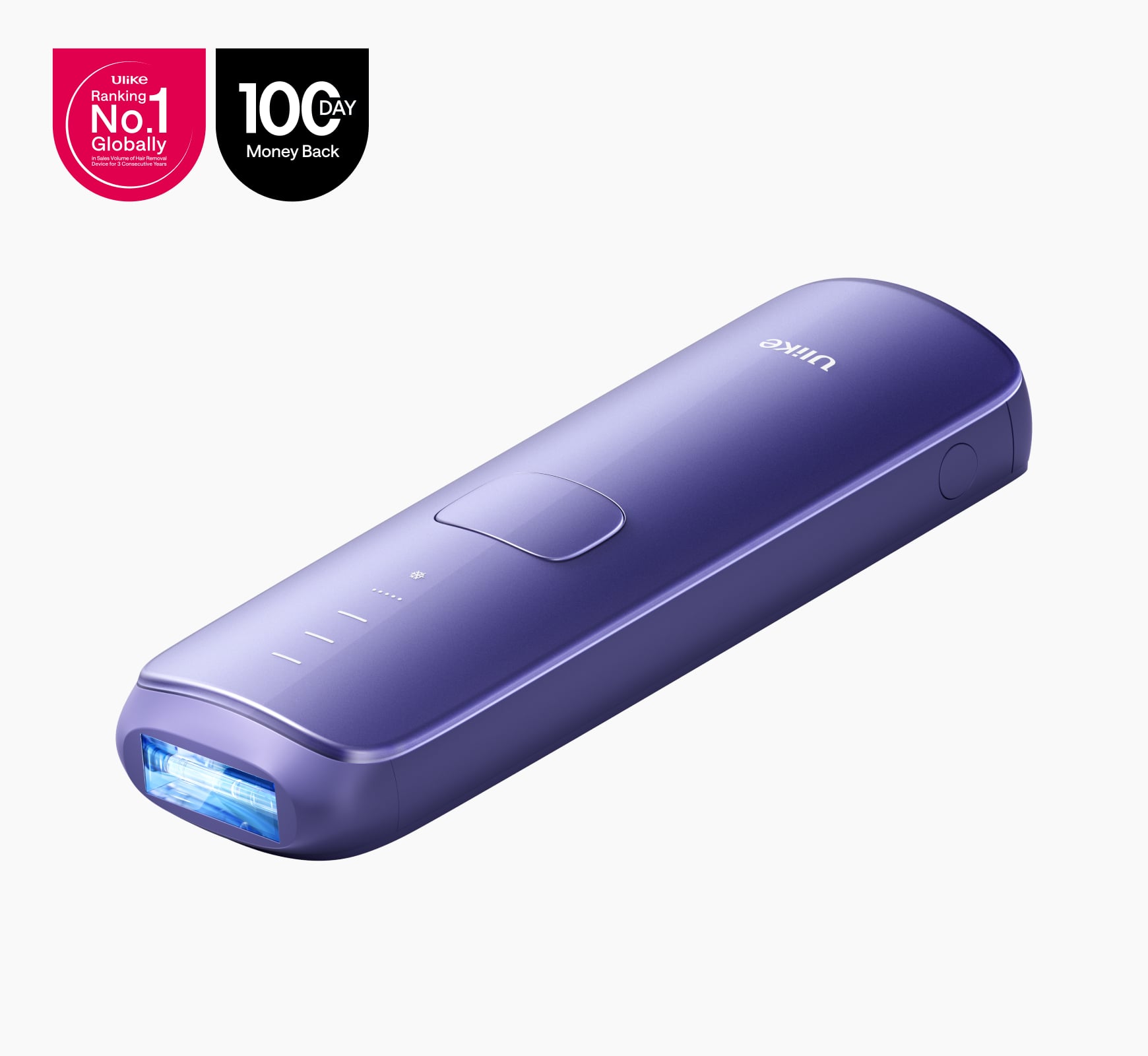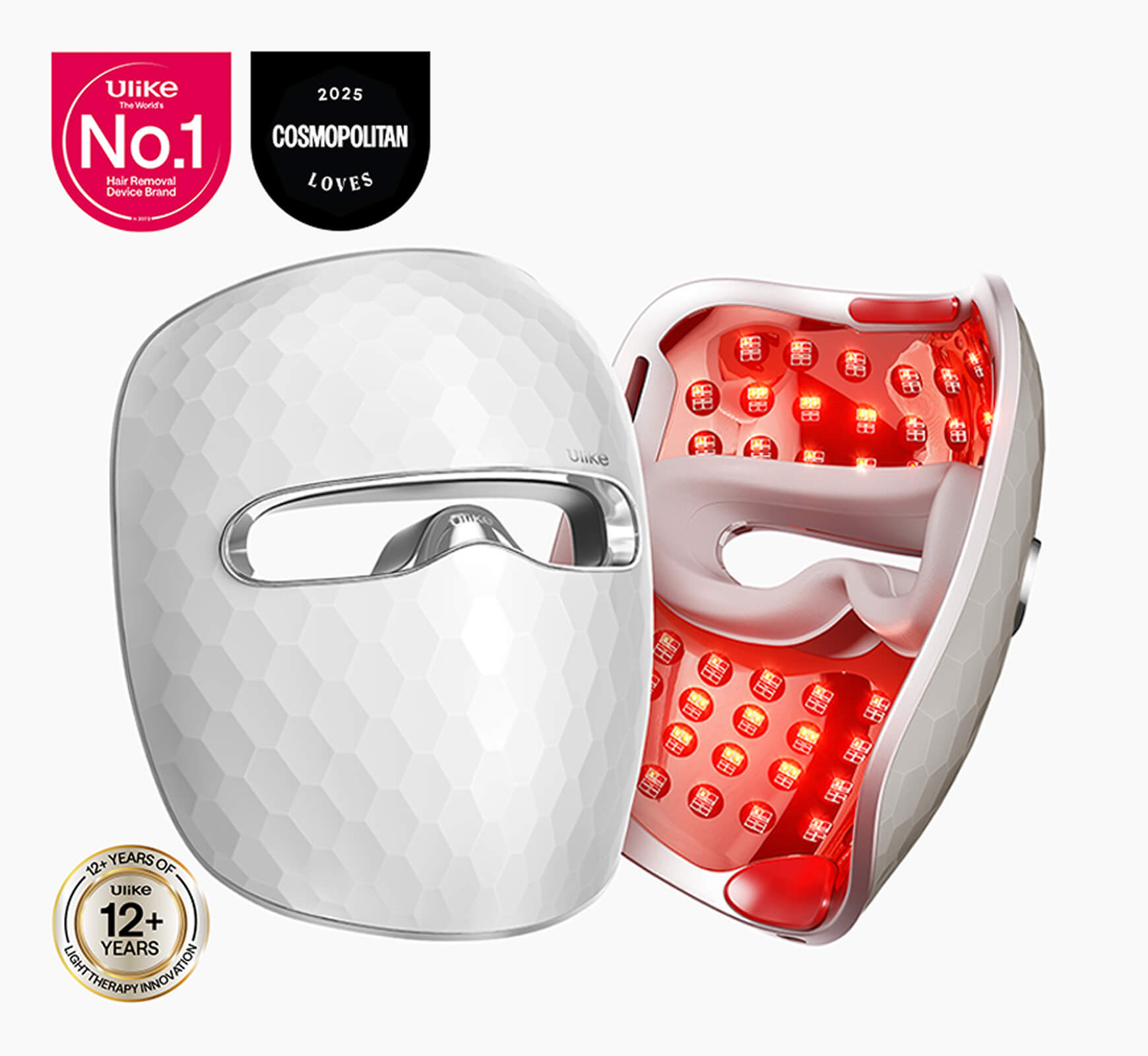Pigmentation is one of the many skin woes that people across different age groups and genders have to deal with. Whether it’s sunspots, hyperpigmentation, melasma, or discolouration after dealing with bouts of acne, an uneven skin tone can be a major cause of concern that affects your confidence. This is why laser pigmentation removal, a treatment that promises to target pigmentation and help even out the skin complexion is becoming increasingly popular and highly sought after. However, before opting for the treatment, it is important to be properly informed about the intricacies of the treatment. In this article, we will be discussing all things laser pigmentation removal.
All your questions about how the process, safety, and even any laser pigmentation removal side effects will be addressed. Read ahead, to find out if the treatment is right for you.
Table of Contents:- Part 1: What Is Laser Pigmentation Removal?
- Part 2: Laser Pigmentation Removal: How Does It Work?
- Part 3: Benefits Of Laser Pigmentation Removal
- Part 4: Laser Pigmentation Removal Side Effects
- Part 5: How Much Is Laser Pigmentation Removal?
- Part 6: Laser Pigmentation Removal Before And After
- Part 7: Alternative Pigmentation Treatment Options
Part 1: What Is Laser Pigmentation Removal?
Laser pigmentation removal is a non-invasive procedure designed to target pigmentation and reduce the appearance of skin conditions like freckles, age spots, sun spots, and post-inflammatory hyperpigmentation. The treatment uses advanced laser technology to break down melanin, the pigment responsible for skin colour and pigmentation. Wavelengths of light emitted by the laser device are absorbed into the skin and help break down the pigmented particles, leading to the fading and removal of the discolouration as the body heals. With consistent treatments, laser pigmentation removal can help rejuvenate the skin and even out the skin tone.
Part 2: Laser Pigmentation Removal: How Does It Work?
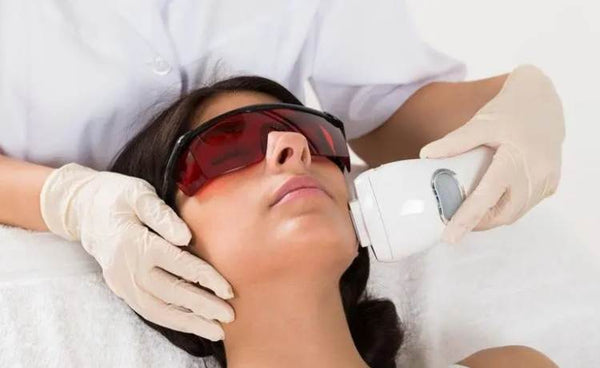
The process of laser pigmentation removal starts with a consultation between you and the laser therapist or aesthetician. During this consultation, they will assess the area of concern and analyse your skin type while discussing your goals to help create a treatment plan to suit your needs.
Once it is time for the treatment to begin, your skin will be cleansed to remove all traces of oil and impurities. Then a numbing cream may be applied to prevent any discomfort. You may also be asked to wear protective goggles. Next, the skin therapist will adjust the laser settings to your specific skin concerns. The laser’s treat head will be placed on the skin and during the course of the treatment, it will emit controlled high wavelengths of light energy that will penetrate the skin and be absorbed by the excess melanin pigment in the innermost layer of the skin. Once absorbed, this light energy breaks down the melanin, allowing it to gradually fade away.
Generally, you can expect each laser pigmentation removal session to last between 15 to 45 minutes depending on the part of the body being targeted and the severity of the pigmentation. Immediately after the treatment session, the skin will feel light flushed or red but it will reduce within a few days. To achieve the best results with laser pigmentation removal, you will need 6-8 sessions. However, to ensure minimal discomfort and avoid any sign of irritation, these sessions will have to be spaced out over several weeks.
Part 3: Benefits Of Laser Pigmentation Removal
laser pigmentation removal offers many benefits for anyone whose goal is to achieve a more even skin tone. Some of the key benefits include:
- Precision: The light waves from laser pigmentation removal are highly precise. They target the overproduction of melanin in any treatment area without causing any irritation; including delicate areas like the face and mouth.
- Minimal Down Time: Since the treatment is completely non-invasive, laser pigmentation removal allows minimal discard and almost zero downtime. There are no incisions or cuts, you can simply walk into the clinic for your treatment and be out and ready to carry on with your day in an hour or less.
- High efficacy: The effectiveness of laser treatments is perhaps one of their biggest benefits. They produce amazing rests when used for different kinds of pigmentation and work well on different skin tones.
- Long-Lasting Results: laser pigmentation removal is also great for achieving long-lasting results. The gradual and highly focused fading of the pigmentation over the course of multiple treatment sessions helps target the root cause of the problem, leading to lasting results and an overall improved appearance of the skin tone over time.
- Customizable: laser pigmentation removal treatments can be adjustable to suit your skin tone and concerns. The wavelengths and light intensity can be customised to accommodate different skin types. This is especially important for people who may be curious about using laser pigmentation removal for dark skin. You do not have to worry about the treatment not working for your skin tone, as long as you work with a qualified professional who can customise the laser to suit your skin type and colour.
Part 4:Laser Pigmentation Removal Side Effects
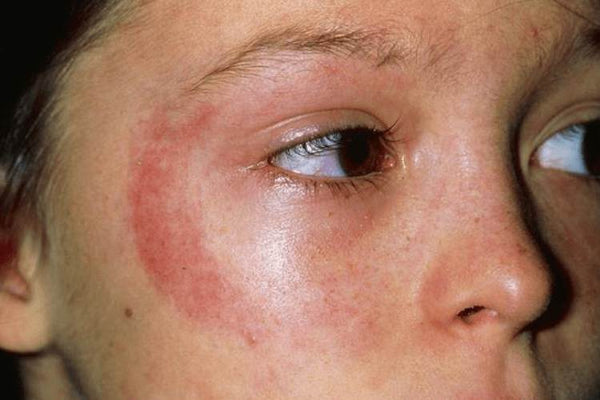
One of the biggest questions on the mind of anyone considering laser pigmentation removal is: is laser pigmentation removal safe? Well, although the treatment is generally considered safe and commonly well-tolerated, it can sometimes leave certain unwelcome side effects. These side effects are not guaranteed to happen to everyone and are in fact not very common but in some cases, laser pigmentation removal can cause swelling, temporary redness, and slight discomfort in the treated area. However, these symptoms are simply the immediate effects of the treatment and will often subside after a few days. Immediately after laser pigmentation removal, some people may also experience a temporary darkening of the area of the skin that was treated but this too will reduce significantly as the skin calms down and heals from the treatment.
In rare cases, laser pigmentation removal can also cause blistering and scarring, especially if the treatment was done by an inexperienced practitioner or if you do not follow your aftercare instructions.
Part 5: How Much Is Laser Pigmentation Removal?
The cost of getting laser pigmentation removal varies based on the size of the area being treated and the number of sessions required. However, a single treatment session will generally range from £80-£400, with the total cost of full treatment plans ranging between £400-£2000. It is also important to note that the price of your laser pigmentation removal may vary based on the location of the treatment clinic and the expertise of the practitioner carrying out the treatment.
Part 6: Laser Pigmentation Removal Before And After
Before
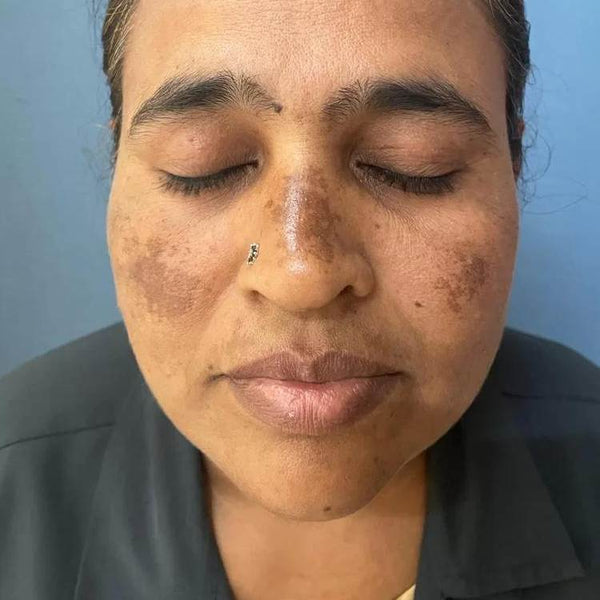
Before getting laser pigmentation removal, your skin will likely have areas with dark or red spots and dark patches. This occurs due to an excess production of melanin in those areas. From sun spots to melasma, feckless and post-inflammatory hyperpigmentation, each type of pigmentation will present in a slightly different manner but the root cause remains the same.
After
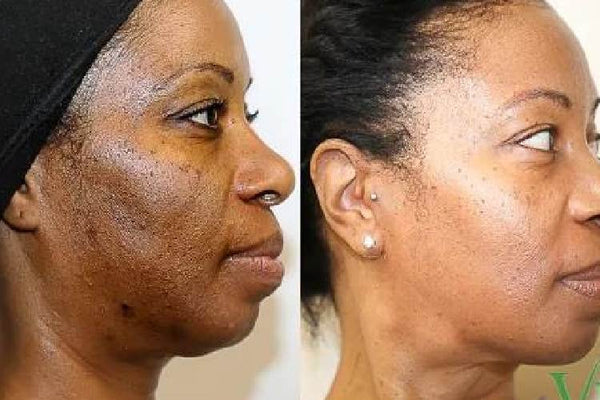
After each laser pigmentation removal session, the excess melanin deposits are significantly reduced and fade over time. This will result in a more even and clear skin tone, with dark spots and pigmented patches reducing and leaving a more radiant complexion. You may also notice an overall improvement in the texture of your skin. It is important to note that results from laser pigmentation removal are gradually achieved over several weeks with regular sessions, so do not expect all your pigmentation concerns to instantly disappear after just one session.
Part 7: Alternative Pigmentation Treatment Options
laser pigmentation removal is a wonderful treatment option for pigmentation but if you are not a suitable candidate for the treatment, it may be best to try some alternative treatment options. There are several other treatments you can use to tackle skin pigmentation so whether you can't afford multiple laser sessions or you're simply not comfortable with using lasers on your skin, you have a few alternatives to choose from.
Topical Treatments: Topical treatments are one of the most accessible treatment options for pigmentation. These are simply skincare products and ointments that you apply directly to your skin. They include prescription treatments that can only be gotten from a licensed dermatologist and over-the-counter ointments, serums and creams. Most topical treatments for pigmentation work by inhibiting the production of excess melanin that causes pigmentation, exfoliating or by improving skin cell turnover, reducing the appearance of pigmentation over time.
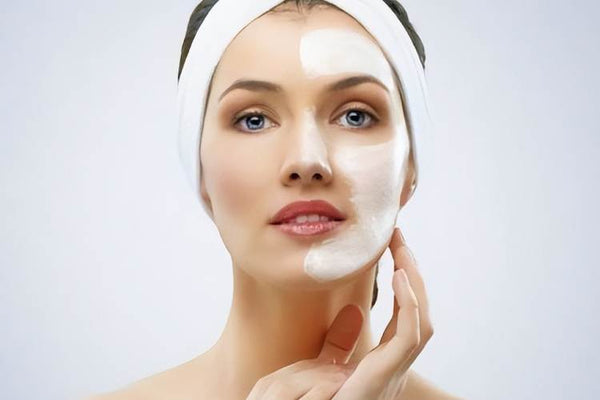
There are many topical treatments available for pigmentation but for them to be effective they will have to contain ingredients like retinoids, alpha hydroxy acids, beta hydroxy acids, retinoids, alpha arbutin, niacinamide, azelaic acid, and hydroquinone. Keep in mind that most of these ingredients are best used at certain percentages and will require at least three months of consistent use before producing visible results.
Chemical Peels: Chemical peels are an in-clinic treatment that uses chemical solutions applied directly to the skin to deeply exfoliate and peel off several layers of the skin while stimulating skin cell regeneration. This treatment option is highly effective for removing acne scars, pigmentation, and improving the overall appearance of the skin. There are many different types of chemical peels with varying intensities to target different layers of the skin.
Light chemical peels focus mostly on the outermost layer of the skin and are best suited to superficial acne scars, fine lines and uneven skin tone. Medium peels go into the middle layer of the skin and are commonly used to treat wrinkles, hyperpigmentation, and uneven skin tone. For more severe pigmentation issues like melasma, deep wrinkles and age spots, deep chemical peels are used to target the excess melanin cells in the innermost layer of the skin. So, before getting the treatment done, your aesthetician or skin therapist will first analyse your skin concerns and help you determine which peel is right for you.
Microdermabrasion: Microderma is another great treatment option for those with pigmentation. It is a non-invasive treatment that uses fine crystals to gently exfoliate the outermost layer of the skin, eliminating dead skin cells and revealing smoother radiant skin. Since this treat is essentially designed to only shed the layer of the skin that is pigmented, it may not be as effective for more severe cases of pigmentation than are deeper inside the skin.
Botanical Extracts and Plant Remedies: Natural homemade remedies are another way to treat pigment. Certain plants and herbs like turmeric and aloe vera contain natural chemicals that can help even out the skin tone and reduce some pigmentation. You can use these everyday plant-based remedies as a last resort but it is important to know that results may vary from person to person. While there is some research to support the use of these natural remedies, their effectiveness has not been well documented so they may not work as well as laser treatments. They are also best used on very mild pigment.

laser pigmentation removal Vs Alternative Treatment Options
laser pigmentation removal
Pros
- Laser treatments often produce faster and more visible results.
- Laser treatments are highly precise and work well on all kinds of pigmentation.
- laser pigmentation removal has finally downtime.
Cons
- laser pigmentation removal is expensive especially when the total costs of multiple sessions are calculated cumulatively.
- laser pigmentation removal may not be suitable for everyone. People with extremely dark skin tones may sometimes have a hard time getting the treatment done.
Chemical Peels
Pros
- Chemical peels improve skin texture and overall appearance while also targeting pigmentation.
- Chemical peels can be customised at different strengths and formulations to target each person's specific concerns.
Cons
- Long downtime. Most chemical peels will leave you with continuous skin shedding for at least a few days after the treatment. With some deep peels, your skin can peel for as long as two weeks.
Topical Treatments
Pros
- They are cost-effective and accessible. Topical treatments can easily be bought over the counter or gotten on a prescription. They are also one of the cheapest treatment options and they do not require any in-clinic visit.
- Topical treatments require zero downtime because they are designed to be gentle skin. You can apply them throughout the week and continue with your daily activities without experiencing any side effects.
Cons
- Topical treatments take longer than most other treatment options to produce visible results, unlike laser pigmentation removal which leaves a notice change with each session.
- Topic treatments also do not work for all forms of pigmentation. While they are effective for moderate forms of pigmentation, they may not be as effective for intense pigmentation like melasma.
Conclusion
laser pigmentation removal has truly transformed the treatment of many pigmentation issues. It precisely targets melanin, which is the root cause of concerns like sun spots, melasma, post-acne hyperpigmentation, and age spots, so it is a remarkable treatment option for anyone dealing with uneven skin tone. No matter your skin colour or area of concern, with a fully personalised laser treatment removal done by a professional who knows what they are doing, you can be well on your way to achieving clear, blemish-free skin.

